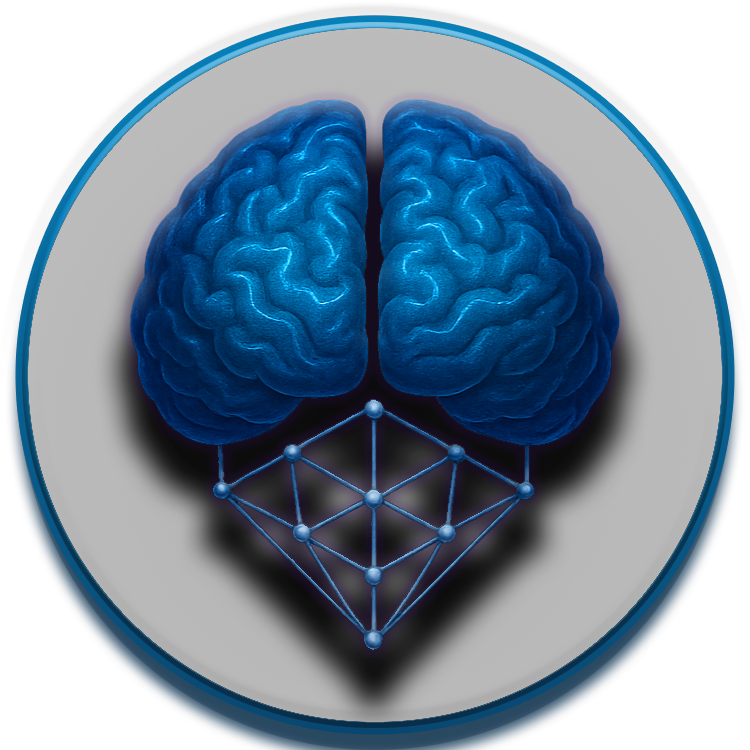
ADR-002: Health System Architecture¶
Status¶
Accepted
Date¶
2023-11-15
Context¶
The NeuroCognitive Architecture (NCA) requires a comprehensive health system to model the biological aspects of cognitive function. This system needs to simulate various health states, homeostatic processes, and their effects on cognitive performance. The health system must integrate with the memory tiers, attention mechanisms, and other cognitive components while providing a foundation for biologically-inspired behaviors.
Decision Drivers¶
- Need for biologically-plausible cognitive architecture
- Requirement to model varying performance based on health states
- Desire to simulate homeostatic processes and their effects on cognition
- Integration requirements with memory systems and attention mechanisms
- Extensibility for future biological components
- Performance considerations for real-time operation
Decision¶
We will implement a multi-layered health system with the following components:
1. Core Health Parameters¶
The system will track fundamental health parameters including:
- Energy Level: Representing available cognitive resources
- Stress Level: Affecting attention allocation and memory formation
- Fatigue: Impacting processing speed and error rates
- Arousal: Influencing focus and attention span
- Mood: Affecting decision-making and priority assessment
Each parameter will operate on a normalized scale (0.0-1.0) with defined optimal ranges and homeostatic targets.
2. Homeostatic Processes¶
The health system will implement homeostatic processes that:
- Automatically regulate health parameters toward target values
- Respond to cognitive load and environmental factors
- Simulate recovery and depletion cycles
- Model interactions between different health parameters
3. Health Effects System¶
A dedicated effects system will translate health states into concrete impacts on:
- Memory formation and recall efficiency
- Attention allocation and maintenance
- Processing speed and throughput
- Error rates and cognitive biases
- Decision-making processes
4. Integration Points¶
The health system will integrate with other components through:
- A publish-subscribe event system for health state changes
- Middleware that applies health effects to cognitive operations
- Configuration hooks for tuning health parameter impacts
- Monitoring interfaces for observability
5. Implementation Approach¶
The health system will be implemented as:
- A core
HealthSystemclass managing the overall state - Individual
HealthParameterclasses for each tracked parameter HomeostasisControllerclasses for regulating parametersHealthEffectimplementations that translate health states to cognitive impacts- A
HealthMonitorfor observability and debugging
Consequences¶
Positive¶
- Provides a biologically-plausible foundation for cognitive performance variation
- Enables simulation of important human-like characteristics such as fatigue and stress
- Creates opportunities for more realistic agent behaviors
- Allows for fine-tuning of cognitive performance based on context
- Establishes a framework for future biological components
Negative¶
- Increases system complexity
- Introduces additional computational overhead
- Requires careful calibration to avoid unrealistic behaviors
- May complicate debugging by introducing variable performance
Neutral¶
- Requires ongoing tuning based on empirical observations
- Will evolve as our understanding of biological cognition improves
Implementation Details¶
Health Parameter Specification¶
Each health parameter will be defined with:
{
"name": "energy",
"min_value": 0.0,
"max_value": 1.0,
"optimal_range": (0.6, 0.8),
"initial_value": 0.7,
"decay_rate": 0.01, # Units per cognitive operation
"recovery_rate": 0.05, # Units per rest cycle
"critical_threshold": 0.2, # Triggers emergency responses
}
Health Effects Mapping¶
Effects will be mapped using a configuration system:
{
"energy": {
"memory_formation": lambda value: min(1.0, value * 1.5),
"processing_speed": lambda value: value ** 0.5,
"error_rate": lambda value: max(0.01, 0.2 - value * 0.15)
},
"stress": {
"attention_span": lambda value: 1.0 - (value ** 2),
"working_memory_capacity": lambda value: max(0.5, 1.0 - value * 0.5)
}
}
Integration with Memory System¶
The health system will affect memory operations through:
- Modifying encoding strength based on arousal and energy
- Adjusting recall probability based on stress and fatigue
- Influencing memory consolidation during rest periods
- Affecting working memory capacity based on multiple health factors
Integration with Attention System¶
The health system will influence attention through:
- Modifying the attention span based on fatigue and arousal
- Affecting attention allocation priorities based on stress and mood
- Influencing distractibility based on arousal and stress
- Adjusting attention switching costs based on energy and fatigue
Compliance Requirements¶
The health system implementation must:
- Maintain deterministic behavior when using the same random seed
- Provide comprehensive logging of health state changes
- Include configurable limits to prevent unrealistic behaviors
- Support serialization for state persistence
- Include visualization tools for monitoring health states
Alternatives Considered¶
Fixed Performance Model¶
A simpler approach with no health variation was considered but rejected as it would not capture the dynamic nature of human cognition.
Complex Physiological Model¶
A more detailed physiological model (including glucose levels, neurotransmitter concentrations, etc.) was considered but deemed too complex and computationally expensive for the current phase.
External Health API¶
Delegating health modeling to an external system was considered but rejected due to coupling and performance concerns.
References¶
- Kahneman, D. (2011). Thinking, Fast and Slow.
- Panksepp, J. (1998). Affective Neuroscience: The Foundations of Human and Animal Emotions.
- Hobfoll, S. E. (1989). Conservation of resources: A new attempt at conceptualizing stress.
- Anderson, J. R. (2007). How Can the Human Mind Occur in the Physical Universe?
Related Decisions¶
- [ADR-001] Memory Tier Architecture (referenced)
- [ADR-003] Attention Mechanism Design (future)
- [ADR-004] Emotion Modeling System (future)
Notes¶
This ADR establishes the foundation for the health system but acknowledges that specific parameter values and effect magnitudes will require empirical tuning during implementation and testing phases.